Year 1, Lesson 2.3: Interests
Unit Learning Goal
Students will practice self-reflection and develop a purpose-driven mission.
Lesson Goal
Students will be able to outline how they spend their time and explain how their decisions with their time relate to their future interests.
Assessment
Monitor group conversation about how students spend their time and connections to students’ anticipated future goals.
Review the “How do you spend your time?” worksheet for completion.
Analyze Exit Tickets to ensure future-oriented reflection.
CASEL Alignment
Self-Awareness, Identity
Portfolio Documentation
Resources
Optional: O*NET Interest Profiler
Optional: mynextmove.org
Prerequisites
None
Total Time
45 minutes
-
Remind students that in your last class they completed the value sort. Ask them to think about what their top and bottom values were. Consider displaying the class data either in paper format or from the online event code if you have time.
Note to students that today you will be talking more about their interests, which might be influenced by their values.
Instructions
1. Opener: How You Spend Your Time. [10 minutes]
Ask students to complete the handout, “How do you spend your time?”
In the handout, students will write down all the ways they spend their time in a typical week (e.g., school, leisure with family, work, homework, social media, video games, particular hobbies, sleep, etc.).
They will then assign each item on their list a percentage of how much time they spend doing that activity, and create a pie chart showing how they spend their time each week.
Note: If students have created several small categories they may want to re-group them into a larger category such as “hobbies” in order to assign them a time percentage.
Keep the written reflection for the Good Work Portfolio.
2. Turn & Talk. [5 minutes]
Have students turn & talk to a student nearby:
What do they notice about how they spend their time?
What do they wonder?
Besides perhaps school, is there anything they would change about their schedule?
3. Group Discussions: Likes and Dislikes in the Workplace. [15 minutes]
Put students into groups of four. Assign each student in the group a role:
One student should take notes (the scribe)
One student should help lead the discussion (the leader)
One student will share out the group’s main points (the reporter)
One student ensures each person in the group gets enough time to share (the timekeeper)
Have students pick five of the following questions to discuss in their groups. As they reflect, they should consider the overlap between these questions and the responses they gave to the “How You Spend Your Time” activity. Are there ways that how they spend their time during the week can help them think about what they will and won’t like in the workplace?
Would you rather work indoors or outside?
Would you rather have a workday that changes each day or have set tasks that stay the same?
Would you rather have a lot less money and work at a job you love or have a lot more money and work at a job you hate?
Would you rather have flexible work hours or work a regular “9 to 5” job?
Would you rather work at a very creative and emotional job or a more technical job that involves complex problem solving?
Would you rather work with data/objects or with people?
Would you rather have a job where you work with words or a job where you work with numbers?
Would you rather have a job that is physically active or one where you do most of your work on a computer?
Would you rather work for a company or work for yourself?
Would you rather do work related to one of your hobbies or related to something you do in school?
Would you rather go to college or go straight into a trade or job?
Would you rather wear a consistent uniform every day or wear professional work clothes?
3. Group Discussion. [10 minutes]
Have the reporter from each group share out the main take-aways or the most surprising elements from the group’s discussion.
Then ask the class to consider:
What did we learn about the relationship between how we spend our time and how that might inform our future likes and dislikes for our working environment?
What else might we need to know to help us make more informed choices about our future careers? What information are we missing?
What can this tell us about how we can best do “good work” in our future careers?
If possible, the scribe should share any notes with the rest of the group.
Keep the written reflection for the Good Work Portfolio.
5. Closing and Exit Ticket. [5 minutes]
Ask students to complete the Lesson 2.3 Exit Ticket.
Students will answer the question: “What is one thing you learned you would prefer in your future work today?”
Remind students that they may write their answers, draw and provide a description of their answers, create a recording, or provide some other form of response as long as they are able to convey their meaning.
Keep the written reflection for the Good Work Portfolio.
Possible Enrichments
Ask students to complete the O*NET Interest Profiler to learn more about the types of careers they might be interested in. The O*NET comes in a variety of formats which you can learn more about here.
Students can then use the mynextmove.org website to explore more about the careers that are identified for them using the interest profiler.
As they explore, ask them to think about how the 3Es might arise in each of the different careers they explore.
Lesson Walkthrough
Watch this short video guide for lesson specific advice from The Good Project Research Team.




